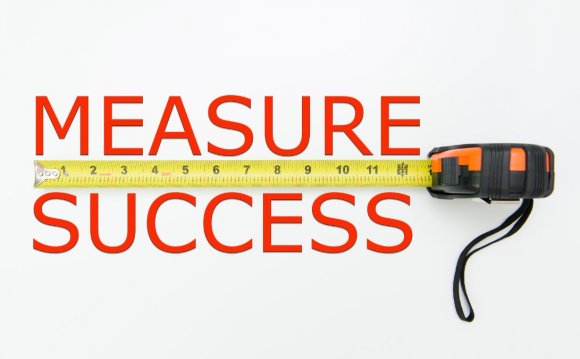
 The technical business development director provides input on refining a company's vision.
The technical business development director provides input on refining a company's vision.
Medioimages/Photodisc/Photodisc/Getty Images
Business development is a process of identifying and implementing new growth opportunities. Generally, a technical business development director focuses on creating opportunities for various business aspects, such as cost reduction, customer relations, technological advancement and marketing. This professional can work in a wide variety of industries, including financial, travel and leisure, manufacturing, health care and banking.
Analyzing Situations
Most employers have a strong preference for technical business development professionals with excellent problem-solving and analytical skills. These are crucial for detecting the challenges a company is facing and developing appropriate improvement strategies. For example, if a company registers low product sales, the director needs analytical skills to determine whether the problem lies with poor customer relationship management, pricing or product quality. These directors also need good communication and decision-making skills to be effective on the job.
Creating Solutions
The technical business development director is primarily responsible for creating solutions to business problems and working on pre-defined projects. For example, if a beverage company wants to manufacture a new soft drink, the director develops a concise and clear way methodology for controlling and managing the opportunity. She can seek sponsorships for financing the project, identify new consumers and marketing for the upcoming product and determine the quantities of the drink to be produced within a specific period. The director also actualizes customer requests and manages business development contracts.
Related Reading: The Job Description for a Development Planner on a Resume
Training Personnel
When a technical business development director is not working on projects, he coordinates training for company workers to improve their abilities. Training also increase a workforce’s productivity, which can help the company bridge the gap between industry leaders. This often involves organizing workshops or conducting hands-on coaching on technical issues. The director also attends association events, functions and conferences, where he can gather information on industry trends and provide feedback to senior managers.
INTERESTING VIDEO














